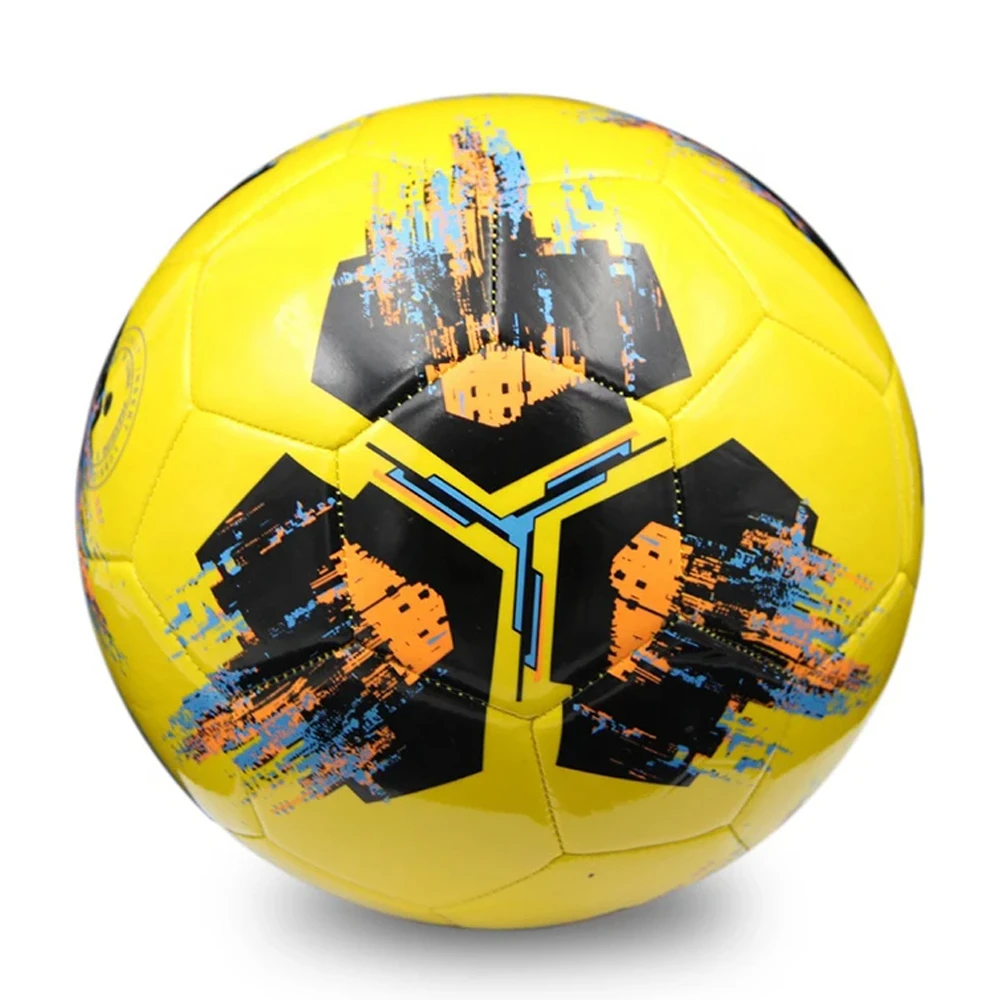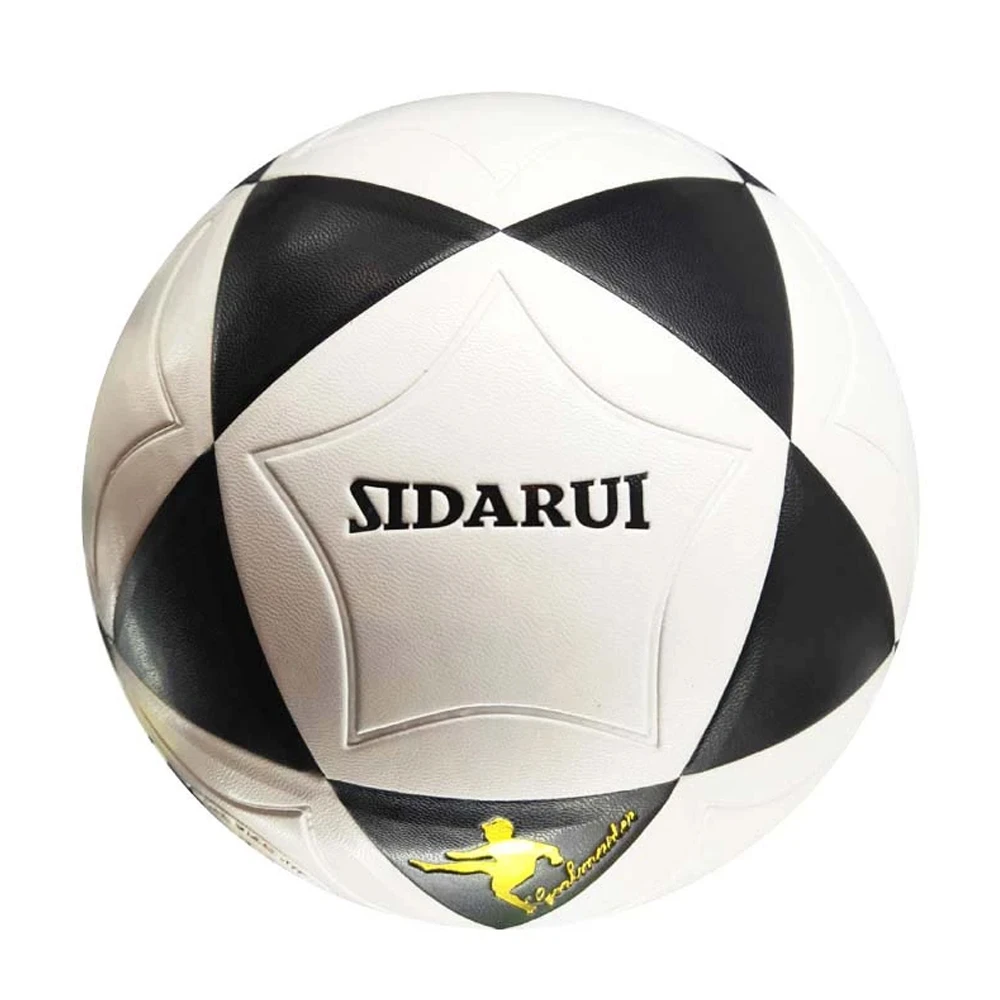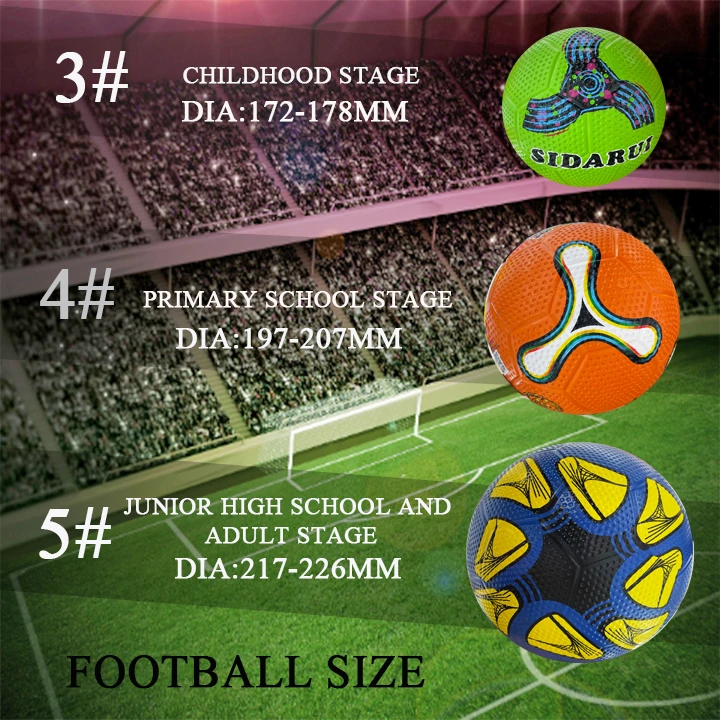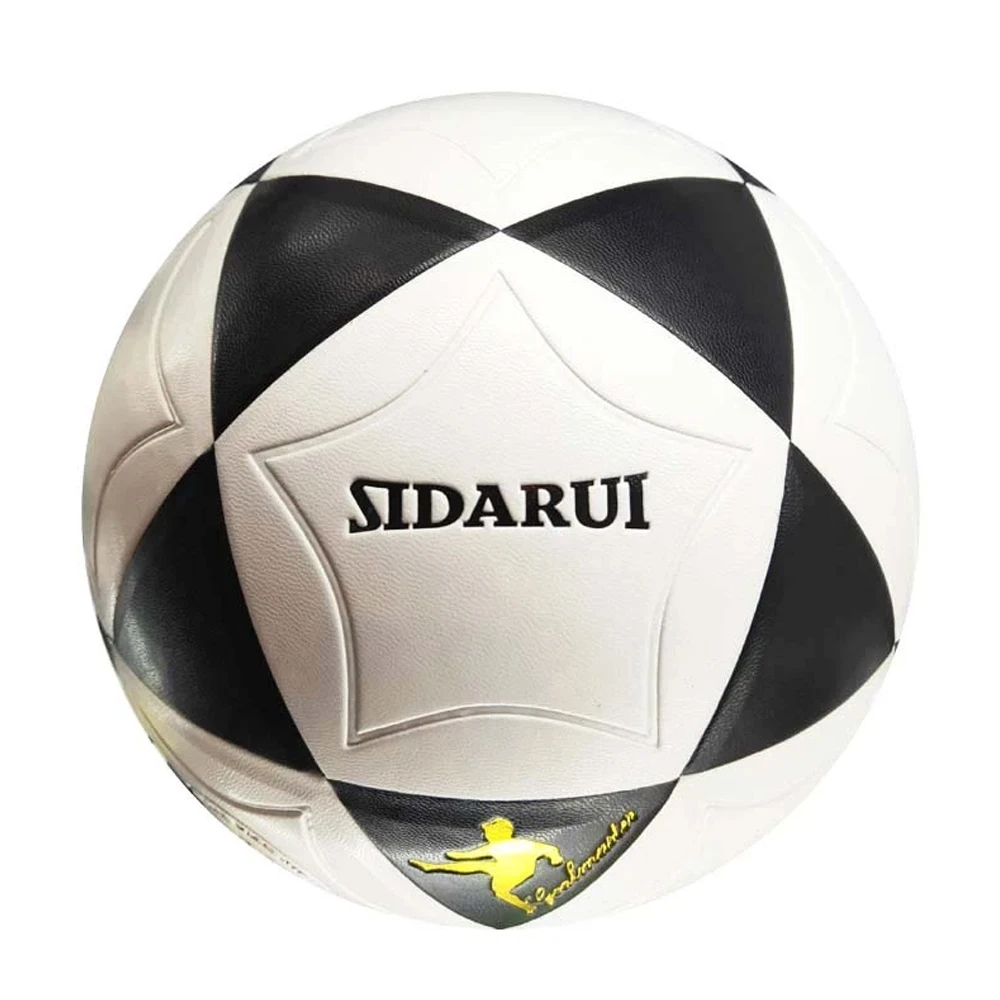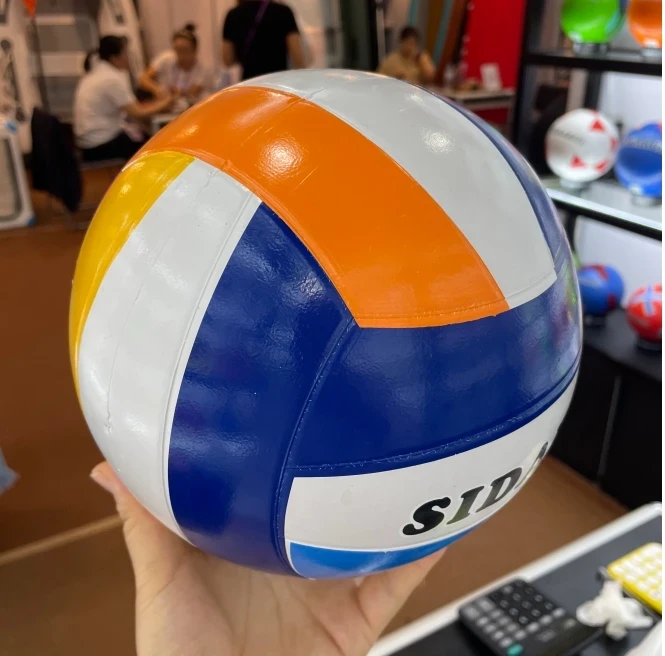Giu . 04, 2025 11:33
This comprehensive guide explores key specifications and selection criteria for professional beach volleyball equipment. Our analysis covers:
- Regulatory standards for professional tournament balls
- Technical specifications comparison across brands
- Material science behind durability and performance
- Leading manufacturer capabilities and innovations
- Competition ball customization process
- Tournament ball selection case studies
- Player adaptation strategies

(beach volleyball ball size)
Beach Volleyball Ball Size and Professional Regulations
The International Volleyball Federation (FIVB) mandates specific requirements for official competition balls. Regulation beach volleyballs must have a circumference of 66-68cm (26-27 inches) and weigh 260-280 grams (9.2-9.9 ounces). This precise sizing isn't arbitrary - research shows 67cm diameter balls maintain optimal flight characteristics in coastal wind conditions ranging from 10-35km/h while providing sufficient surface area for hand contact during digs and passes.
Atmospheric pressure inside competition-grade balls is maintained at 0.30-0.325 kg/cm² (4.26-4.61 psi). This pressure range creates the distinctive "crisp" rebound response that distinguishes professional equipment from recreational products. Temperature tolerance testing confirms consistent performance within competition ranges of 10°C to 40°C (50°F to 104°F).
Material Technology and Performance Engineering
Modern beach volleyball construction utilizes three-layer composite technology combining butyl rubber bladders, polyester/cotton wound casings, and synthetic composite outer panels. The most advanced balls feature 18 microfiber panels with textured surfaces created through thermal bonding rather than stitching. This construction method reduces water absorption by 83% compared to traditional designs, maintaining consistent weight during beach play.
Testing at the Olympic Sports Technology Centre reveals that premium micro-fiber composites withstand over 15,000 powerful spikes before showing significant deformation. The water-repellent coatings now applied to tournament balls maintain grip performance when moisture levels reach 85% RH, a critical factor in coastal environments.
Leading Competition Ball Specifications Comparison
Official partners develop distinct technologies meeting FIVB standards. Below is a technical comparison of current models:
| Manufacturer | Model | Panel Design | Weight Tolerance | Pressure Retention | Weather Resistance |
|---|---|---|---|---|---|
| Mikasa | VLS300 | 18 seamless | ±5g | 92% after 72hrs | Waterproof coating |
| Wilson | AVP Optix | 10 microfiber | ±8g | 88% after 72hrs | Moisture-wicking |
| Molten | FLISTATEC | 8 thermally bonded | ±10g | 85% after 72hrs | Sand-resistant |
The Mikasa VLS300's patented panel configuration demonstrates 12% better wind stability during flight testing at 30km/h crosswinds. Wilson's AVP Optix utilizes optic yellow coloring with UV stabilization for 20% better visibility under intense sunlight (exceeding 8000 lux).
Tournament Ball Customization Capabilities
Professional leagues implement custom solutions addressing specific environmental challenges. The AVP Tour employs specially formulated versions with increased surface texturing (0.8mm ridge depth vs standard 0.5mm) to combat humidity along Gulf Coast venues. European circuits use pressurized containers maintaining 3°C above ambient temperature to counteract cooler Atlantic beach conditions.
Production lead times for custom tournament balls now average 90 days due to stringent quality protocols. Each batch undergoes 200-point inspection including computerized symmetry analysis and robotic striking tests measuring rebound accuracy within 3mm targets. Custom color options meet visibility requirements for broadcast with Pantone matching tolerances under ΔE
Competition Application Case Studies
Venue-specific ball selection has demonstrated measurable competitive impact at major tournaments. During the 2022 Waikiki Beach Series, humidity levels reached 93% - traditional balls showed 11% increased water absorption leading to inconsistent flight. The customized low-absorption balls employed maintained play consistency with only 3 service faults recorded versus 22 in previous matches.
At the 2023 Fort Lauderdale Open, high winds reaching 45km/h prompted implementation of heavier (278g) balls with deeper panel grooves. Serve-receive accuracy increased by 18% despite challenging conditions compared to previous wind-affected tournaments.
Performance Adaptation Methodologies
Professional athletes undergo specific training adaptations when transitioning between ball types. Top teams implement 5-day adjustment periods incorporating muscle memory drills focusing on tactile differences. Statistical analysis reveals players require approximately 400 touches to acclimate to alternative surface textures.
Specialized strength programs target the kinetic chain adjustments needed for different ball weights. The 280g "wind ball" requires 8% greater wrist flexion velocity and 12% increased shoulder abduction torque during attacking motions compared to standard 260g balls.
Optimizing Performance with Correct Official Beach Volleyball Ball Size
Comprehending exact equipment parameters provides significant competitive advantages. The meticulous engineering behind professional beach volleyballs translates to quantifiable performance differences under tournament conditions. Elite players and event organizers leverage this technical knowledge to maintain consistent play standards across diverse venues.
Technical innovations continue enhancing equipment performance - expect increased implementation of sensor-embedded balls providing real-time pressure data at major tournaments within 2024. As material science progresses, the next generation promises even greater weather resistance with advanced hydrophobic composites while maintaining the critical sizing specifications fundamental to professional beach volleyball.
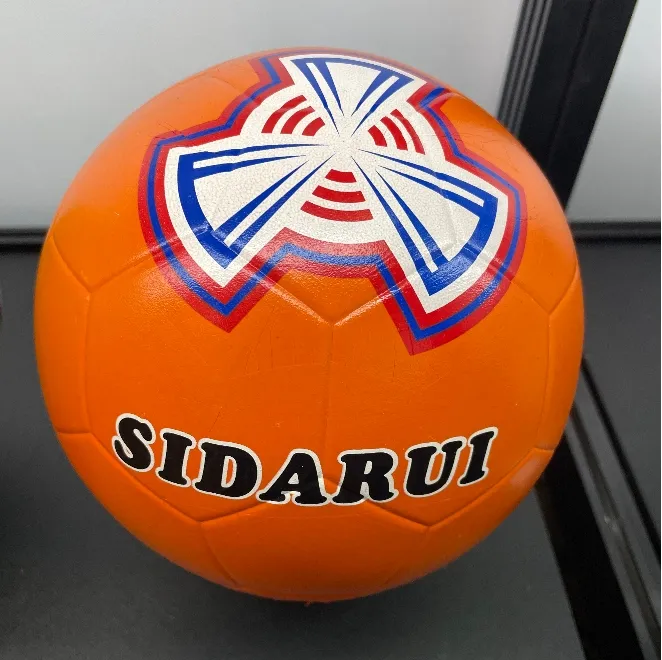
(beach volleyball ball size)
FAQS on beach volleyball ball size
Q: What is the standard beach volleyball ball size?
A: The official beach volleyball ball size is 66-68 cm in circumference. This regulation size, approved by FIVB and USA Volleyball, ensures consistent playability for professional and recreational games.
Q: How does an official beach volleyball ball differ from indoor balls?
A: Official beach volleyballs are larger (66-68 cm circumference) and slightly softer than indoor volleyballs. They have a lighter, water-resistant cover with a textured surface to withstand sand, wind, and humidity.
Q: Why is the beach volleyball ball size larger than indoor versions?
A: The larger circumference (66-68 cm vs. 65-67 cm indoor) improves wind resistance outdoors. This size allows better control in challenging beach conditions like wind while maintaining FIVB standards.
Q: What pressure range is recommended for a beach volleyball ball?
A: Beach volleyball balls typically require 2.5-3.2 psi (0.175-0.225 kg/cm²) pressure. Proper inflation optimizes bounce consistency and player control during matches.
Q: Do all official beach volleyball balls use the same weight?
A: Yes, official FIVB-approved beach volleyballs weigh 260-280 grams. This standardized weight complements the 66-68 cm size for balanced flight performance in outdoor environments.




